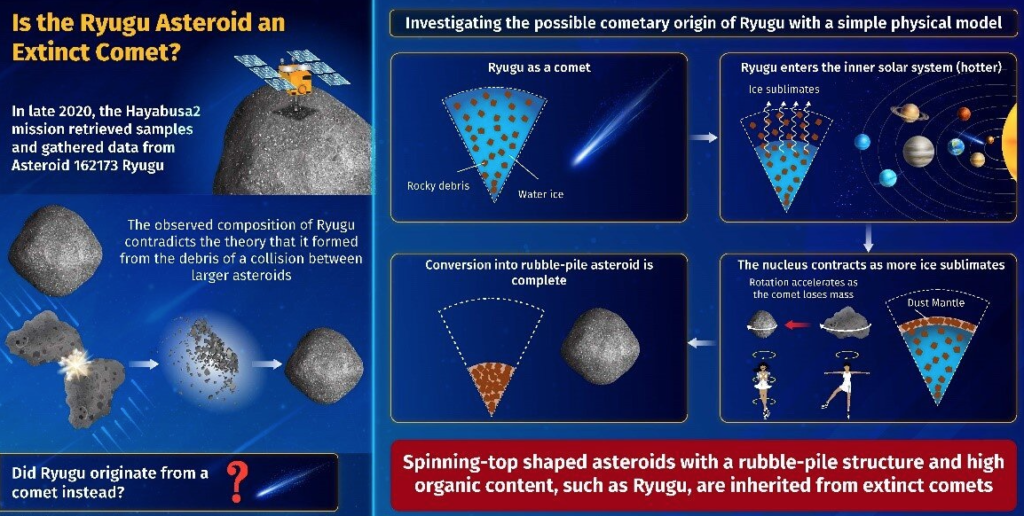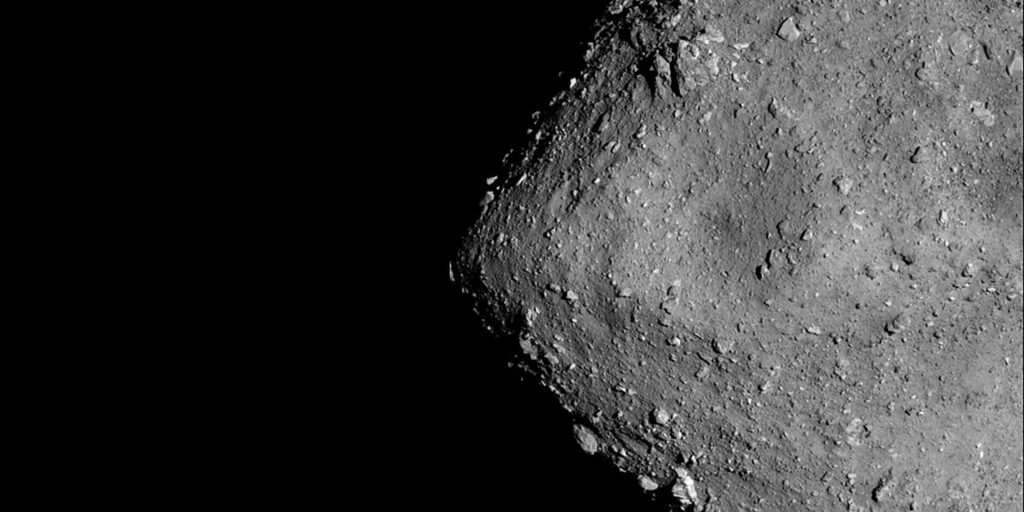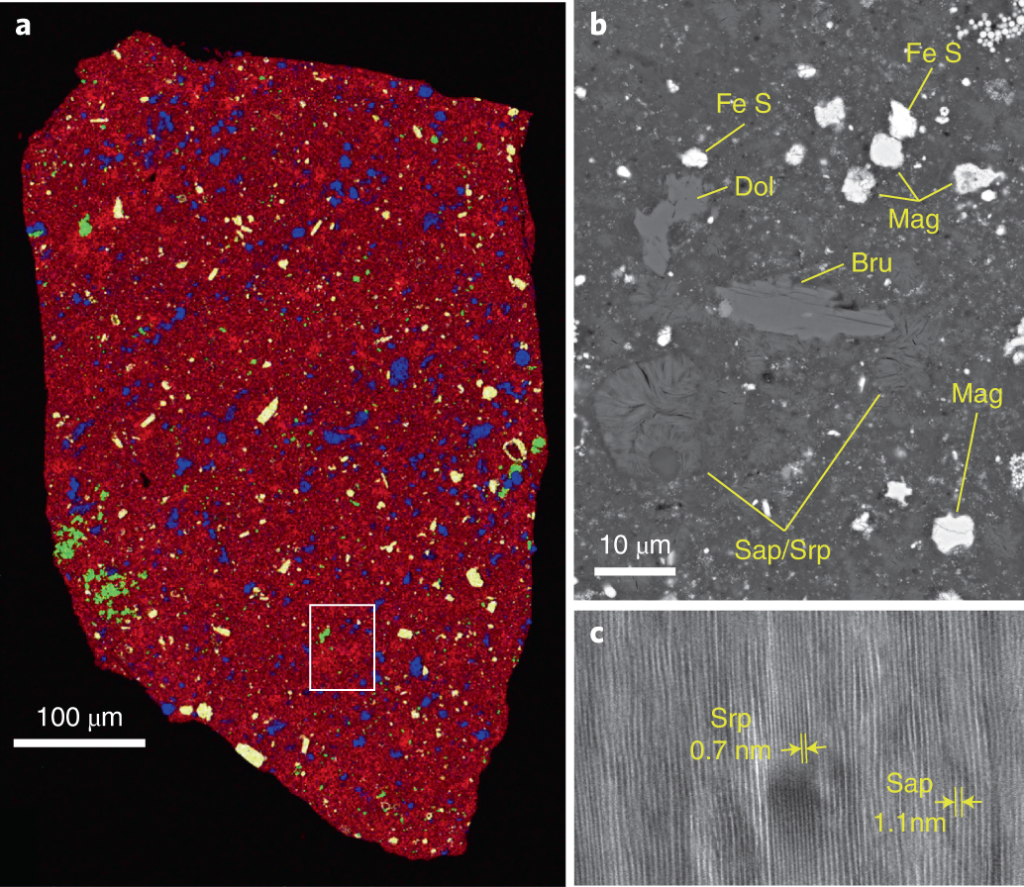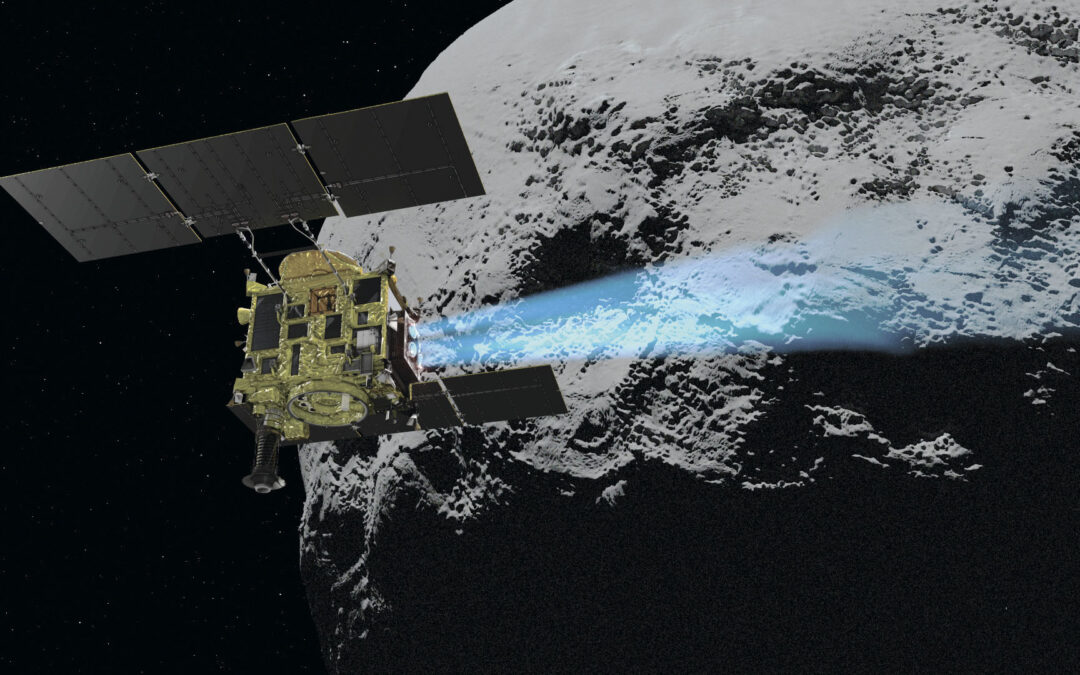Even though the Japanese spacecraft Hayabusa2 has been back on Earth for almost two years, materials from the asteroid Ryugu are still providing important insights into the early solar system’s past.
The zinc and copper isotope composition of the asteroid Ryugu is revealed by a recent study. The composition of Ryugu is similar to that of carbonaceous chondrites from Ivuna, based on the isotopic signals, and material similar to Ryugu from the outer solar system makes up between 5 and 6 percent of Earth’s mass.
As part of an international collaboration, these findings were published today (December 12, 2022) in the journal Nature Astronomy by researchers from the Paris Globe Institute of Physics (Institut de Physique du Globe de Paris), Université Paris Cité, and CNRS.

Scientists have samples from the early solar system in meteorites they have discovered on Earth. The Hayabusa2 project, led by the Japanese space agency JAXA, will land on Earth in December 2020, marking a significant advancement. It returned with 5 grams of fragments from the asteroid Ryugu, allowing researchers to examine samples that had not been impacted by their journey to and stay on Earth.
The first analyses, conducted by an international team that included scientists from the CNRS, Université Paris Cité, and the Paris Globe Institute of Physics, have revealed that the asteroid Ryugu’s composition is comparable to that of Ivuna-like carbonaceous chondrites (CI), the most chemically primitive meteorites and those thought to have the composition closest to the Sun. The relationship between Ryugu and CI chondrites is still not completely understood because some isotope signals (such as titanium and chromium) overlap with other groups of carbonaceous chondrites.

Two moderately volatile metals, zinc and copper, are essential for understanding the processes of volatile accretion during the formation of telluric planets. The varied zinc and copper isotopic compositions of the various groups of carbonaceous chondrites can be seen, with the CI chondrites being the most abundant in volatile elements. Additional analyses of Ryugu’s zinc and copper isotope composition provided the researchers with a vital resource for understanding the asteroid’s formation.
The international team demonstrated that the isotopic ratios of copper and zinc in the samples from Ryugu were identical to CI chondrites but different from all other types of meteorites in a study that was published on December 12th, 2022 in the journal Nature Astronomy under the direction of Marine Paquet and Frédéric Moynier, cosmochemists at the IPGP. This study confirms that these early samples from Ryugu constitute the greatest estimate of the solar composition to date for copper and zinc by conclusively demonstrating the similarities between Ryugu and CI chondrites.

Finally, the development of planetary habitability can be understood by studying the accretion history of moderately volatile elements on Earth using the zinc isotopic composition of Ryugu. The study also shows that roughly 5% of the Earth’s mass comes from material similar to Ryugu.
Download The Radiant App To Start Watching!
Web: Watch Now
LGTV™: Download
ROKU™: Download
XBox™: Download
Samsung TV™: Download
Amazon Fire TV™: Download
Android TV™: Download

